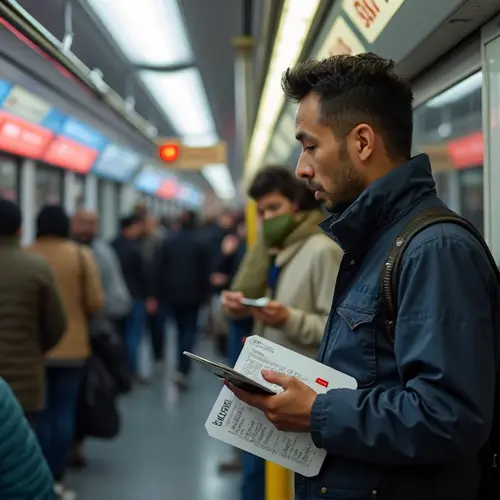
Zero-Fare Public Transport Models Gaining Momentum Worldwide
Free public transport, often referred to as zero-fare public transit, is gaining traction globally as cities and countries experiment with fare-free systems to reduce congestion, pollution, and economic inequality. Luxembourg became the first country to implement nationwide free public transport in 2020, followed by Malta in 2022. Other cities like Tallinn, Estonia, and Belgrade, Serbia, have also adopted similar models.
Benefits of Zero-Fare Systems
Zero-fare public transport offers numerous benefits, including increased ridership, reduced traffic congestion, and lower carbon emissions. Studies show that ridership can increase by up to 15% overall, with off-peak travel seeing a 45% boost. Additionally, fare-free systems eliminate conflicts over fare collection and can improve social equity by providing affordable mobility for low-income residents.
Challenges and Drawbacks
Despite the advantages, zero-fare systems face challenges such as funding shortfalls, increased maintenance costs due to higher usage, and potential issues with overcrowding. Some cities have reported vandalism and schedule adherence problems as unintended consequences.
Global Examples
Several cities worldwide have successfully implemented zero-fare systems. For instance, Tallinn introduced free public transport for residents in 2013, leading to a significant rise in ridership. In the U.S., Kansas City became the first major city to adopt a fare-free bus system in 2019. Meanwhile, Belgrade is set to make all public transport free starting in 2025.
For more details, visit Wikipedia.

 Nederlands
Nederlands
 English
English
 Deutsch
Deutsch
 Français
Français
 Español
Español
 Português
Português